When it comes to selling your ideas to others, who better to ask for advice than the nominees in the biggest animation contest on the planet?
We chatted to all five of this year's Oscar nominees for Best Animated Short, and got their advice. Whether or not you agree with it, you have to admit, it certainly worked for them...
01. Learn to deal with criticism
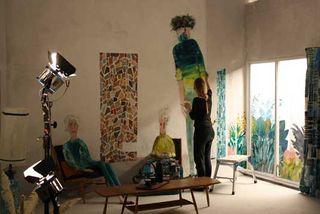
We begin with Daisy Jacobs, who had a real mountain to climb when initially pitching her film, The Bigger Picture, about two brothers responding to a death in the family.
Not only was Daisy still a student at London's National Film and Theatre School, but her animation idea was a radical one: painting 2D, life-size figures on a studio wall and mixing them in with 3D elements.
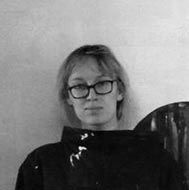
"I got very extreme reactions," she recalls. "Some said: ‘What's the point? Why are you doing this?'"
Her proposed technique was so labour-intensive, it required use of the school's largest studio for six months – twice as long as students were usually allowed. "So there was a lot of tension," she says.
"A lot of the tutors felt that my technique would make no difference, that I'd essentially be taking resources from others that it didn't really merit."
Get the Creative Bloq Newsletter
Daily design news, reviews, how-tos and more, as picked by the editors.
To win them over, she created a two-minute test animation that showed how the technique would work in practice. And then she just kept going. "It was difficult," she says. "But I’m basically someone who doesn't take no for an answer."
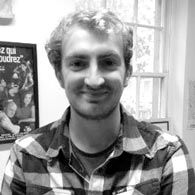
The Bigger Picture's producer, Chris Hees, calls Daisy "unstoppable" and pays tribute to her determination. "At every step we were questioned as to why the characters should be life size," he explains.
"Don't get me wrong, the school could see the potential. They just had this practical head on saying, can we actually do it? So she had to convince them."
In conclusion, Daisy's advice is: "Stick to what you want to do and believe in it. But also make it clear to others, with a good storyboard, clear designs, and lots of tests – so people can see it actually working."
02. Spread out your ideas
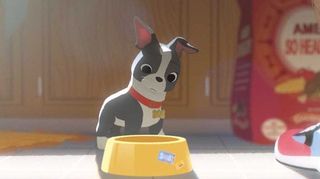
Patrick Osborne is the director of Feast, the tale of a dog with a healthy appetite which won this year’s Oscar and has been playing in support to Big Hero 6. When pitching to big studios, he says, it's best to have a number of ideas.
"Don’t put all your eggs in one basket," he advises. "Spread out your time and energy. That lets those you're pitching to get a better idea of you as an artist. It's important for them to be confident in your storytelling ability."
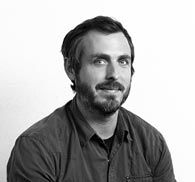
Often, the bigger the organisation, the more often you need to pitch. But rather than see it as a chore, use it to your advantage, Osborne advises. "In my case, I first pitched Feast in November and was meant to pitch to John Lasseter in December," he recalls.
"But because Frozen was really busy, it kept getting pushed back, and every time I would pitch to someone else. By the time I got to John, I felt it was pretty smooth and I wasn't so nervous. So practice really does make perfect."
03. It does get easier
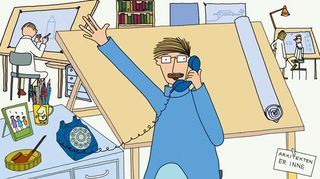
It might seem strange to think of Osborne – who' worked on Wreck-It Ralph, Tangled and Bolt – getting nervous, but Feast was actually his first gig as a director.
Once you've a few under your belt, though, getting your ideas accepted can get a little easier, says Norwegian director Torill Kove.
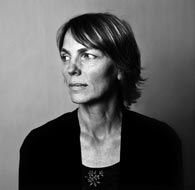
Kove originally needed to get her short, Me and My Moulton – based on her childhood relationship with her embarrassingly modern parents – greenlit by the National Film Board of Canada.
"But I've worked with them off and on since the early 90s, so I didn’t need really to pitch in that sense," she smiles. "I basically told them I have this story and would you like to read it? And they liked the story immediately, so that was easy."
04. Fund it yourself
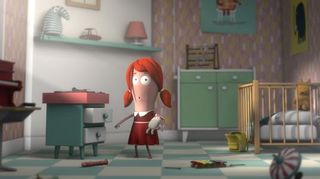
Of course, there's always the option of not pitching to anyone at all, but just funding the whole thing yourself.
Which is exactly how Dutch directors Marieke Blaauw, Joris Oprins, and Job Roggeveen went about making their two-minute Oscar-nominated short, A Single Life – an amusing story about a record player that resets time whenever the needle jumps.
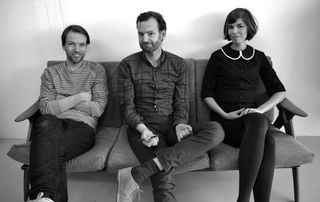
"You really just have to have an idea and work pretty fast to get it done in the time you have," says Joris. "So my best advice would be: if you think you have a good idea, just make it. Don't spend too much time on finding money or those kind of things."
This article originally appeared in 3D World magazine.
Like this? Read these!
- A new way to bypass the pitching process
- The VFX secrets of 2015's Oscar contenders
- How to build an app: try these great tutorials

Thank you for reading 5 articles this month* Join now for unlimited access
Enjoy your first month for just £1 / $1 / €1
*Read 5 free articles per month without a subscription

Join now for unlimited access
Try first month for just £1 / $1 / €1
Tom May is an award-winning journalist and editor specialising in design, photography and technology. Author of the Amazon #1 bestseller Great TED Talks: Creativity, published by Pavilion Books, Tom was previously editor of Professional Photography magazine, associate editor at Creative Bloq, and deputy editor at net magazine. Today, he is a regular contributor to Creative Bloq and its sister sites Digital Camera World, T3.com and Tech Radar. He also writes for Creative Boom and works on content marketing projects.
